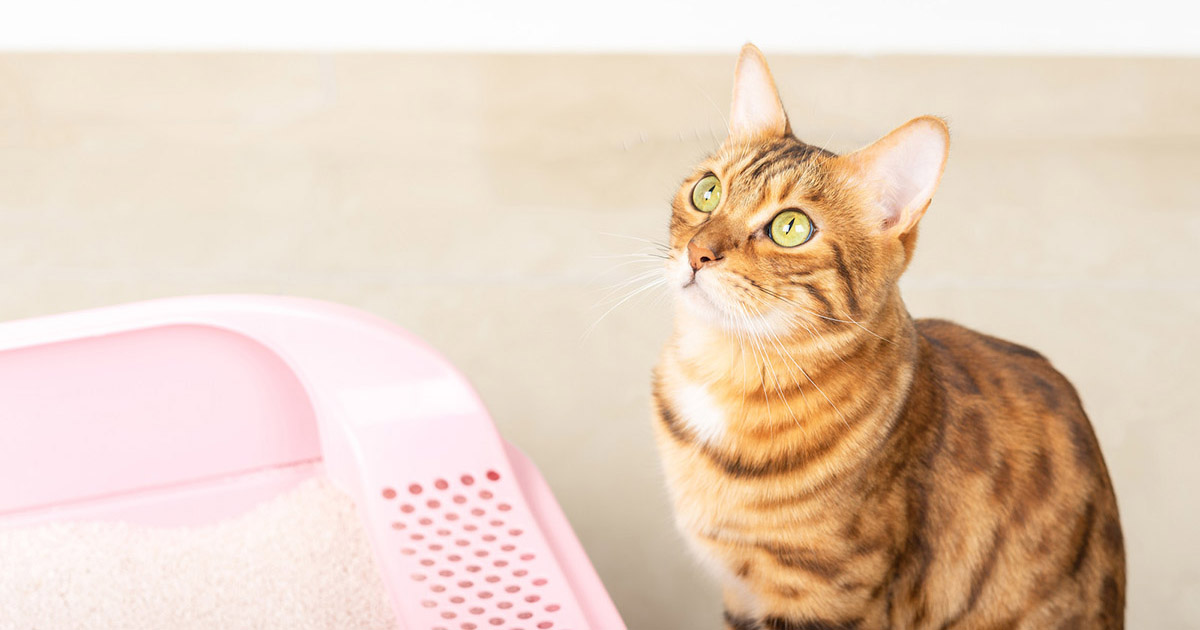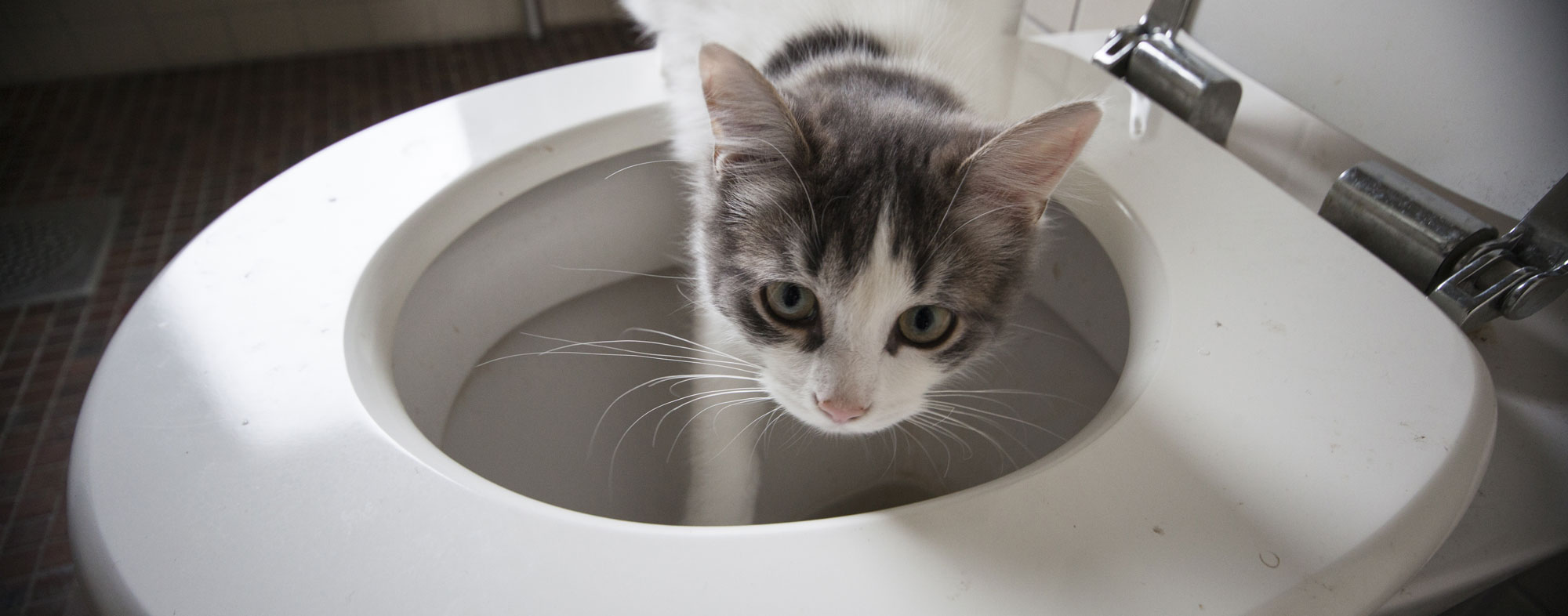Your Implications of Flushing Animal Waste Down the Toilet
Your Implications of Flushing Animal Waste Down the Toilet
Blog Article
Do you find yourself hunting for facts and techniques involving Why you should never flush dog poop down the toilet?

When it involves throwing away waste, particularly animal waste, lots of people frequently resort to the hassle-free choice of flushing it down the toilet. Nevertheless, this seemingly simple service can have significant repercussions for the setting and public health. In this short article, we'll discover why flushing pet waste down the bathroom is a bad concept and give alternative techniques for appropriate disposal.
Intro
Proper garbage disposal is vital for preserving environmental sustainability and public health. While it might seem safe to flush animal waste down the bathroom, it can lead to different concerns, both for the atmosphere and human health.
Risks of flushing pet waste
Ecological impact
Purging pet waste introduces unsafe bacteria and microorganisms right into waterways, which can negatively affect marine ecosystems. These pathogens can pollute water resources and injury aquatic life, interfering with delicate communities.
Public health issues
Animal waste consists of dangerous microorganisms such as E. coli and Salmonella, which can posture significant wellness threats to human beings. Purging animal waste down the bathroom can pollute water supplies, bring about the spread of diseases and infections.
Alternatives to flushing
Rather than purging animal waste down the bathroom, there are several different disposal approaches that are a lot more environmentally friendly and sanitary.
Composting
Composting pet waste is an eco-friendly way to throw away it. By composting, raw material is broken down into nutrient-rich soil, which can be used to fertilize gardens and plants.
Land fill disposal
Disposing of pet waste in a garbage dump is another alternative. While not as eco-friendly as composting, it is a safer choice to flushing, as it stops the contamination of water sources.
Pet garbage disposal systems
There are specialized pet dog waste disposal systems readily available that safely and hygienically here take care of animal waste. These systems commonly use enzymes to break down waste and get rid of smells.
Steps to correct animal waste disposal
To make sure correct disposal of animal waste, follow these steps:
Scooping and getting waste
Consistently scoop and bag pet waste using naturally degradable bags. This stops waste from polluting the atmosphere.
Utilizing designated waste bins
Dispose of bagged animal waste in designated waste containers, such as garden compost containers or garbage dump containers. Prevent flushing it down the toilet at all prices.
Cleansing litter boxes and animal locations consistently
On a regular basis clean litter boxes and pet dog locations to avoid the buildup of waste and microorganisms. Use pet-safe cleansing products to keep hygiene.
Benefits of appropriate disposal methods
Taking on proper disposal approaches for animal waste uses several benefits:
Reduced environmental pollution
Proper disposal techniques lower the risk of environmental pollution, securing rivers and ecosystems from contamination
Lessened risk of water contamination.
By avoiding flushing animal waste down the toilet, the risk of water contamination is dramatically reduced, securing public health.
Boosted hygiene and health
Proper disposal methods promote better sanitation and hygiene, creating a safer environment for both humans and pets.
Verdict
Finally, purging animal waste down the toilet is unsafe to the setting and public health. By embracing alternate disposal methods and adhering to appropriate waste administration practices, we can lessen the unfavorable influence of pet waste and contribute to a cleaner, healthier earth.
What To Do With Dog Poo – The Do's And Don'ts Of Disposing Of Faeces
Dog poo bins
Some councils provide dedicated dog waste bins in popular dog-walking areas that can take dog poo that has been bagged but you can legally dispose of dog waste in any public litter bin, as long as it is securely bagged. This also applies to your wheelie bin at home.
Do not flush
Water companies do not recommend flushing dog faeces down the toilet because certain parasites can survive the water processing treatment and are potentially harmful to humans. You should also never consider flushing dog poo that has been bagged down the toilet as the bags will not break down and instead create severe blockages in the sewage system.
In the woods
The Forestry Commission promotes a ‘stick and flick’ method for dealing with waste in the woods. This means finding a stick and using it to flick any poo from off the path so that it is out of the way of other walkers. You could also bury it as long as it is not in an area where there might be livestock.
Livestock
Parasites found in dog poo can be transmitted to livestock if they inadvertently eat infected faeces that has been left on grazing land. This could result in the death of sheep or abortion in cattle so you should always make sure you pick up your dog’s waste in fields where livestock could be present.

On a regular basis clean litter boxes and pet dog locations to avoid the buildup of waste and microorganisms. Use pet-safe cleansing products to keep hygiene.
Benefits of appropriate disposal methods
Taking on proper disposal approaches for animal waste uses several benefits:
Reduced environmental pollution
Proper disposal techniques lower the risk of environmental pollution, securing rivers and ecosystems from contamination
Lessened risk of water contamination.
By avoiding flushing animal waste down the toilet, the risk of water contamination is dramatically reduced, securing public health.
Boosted hygiene and health
Proper disposal methods promote better sanitation and hygiene, creating a safer environment for both humans and pets.
Verdict
Finally, purging animal waste down the toilet is unsafe to the setting and public health. By embracing alternate disposal methods and adhering to appropriate waste administration practices, we can lessen the unfavorable influence of pet waste and contribute to a cleaner, healthier earth.
What To Do With Dog Poo – The Do's And Don'ts Of Disposing Of Faeces
Dog poo bins
Some councils provide dedicated dog waste bins in popular dog-walking areas that can take dog poo that has been bagged but you can legally dispose of dog waste in any public litter bin, as long as it is securely bagged. This also applies to your wheelie bin at home.
Do not flush
Water companies do not recommend flushing dog faeces down the toilet because certain parasites can survive the water processing treatment and are potentially harmful to humans. You should also never consider flushing dog poo that has been bagged down the toilet as the bags will not break down and instead create severe blockages in the sewage system.
In the woods
The Forestry Commission promotes a ‘stick and flick’ method for dealing with waste in the woods. This means finding a stick and using it to flick any poo from off the path so that it is out of the way of other walkers. You could also bury it as long as it is not in an area where there might be livestock.
Livestock
Parasites found in dog poo can be transmitted to livestock if they inadvertently eat infected faeces that has been left on grazing land. This could result in the death of sheep or abortion in cattle so you should always make sure you pick up your dog’s waste in fields where livestock could be present.

We hope you enjoyed reading our article on 4 Reasons Why Dog Poop Cleanup is Important. Many thanks for taking the time to read our posting. Feel free to set aside a second to promote this content if you enjoyed reading it. I recognize the value of your readership.
Explore Now Report this page